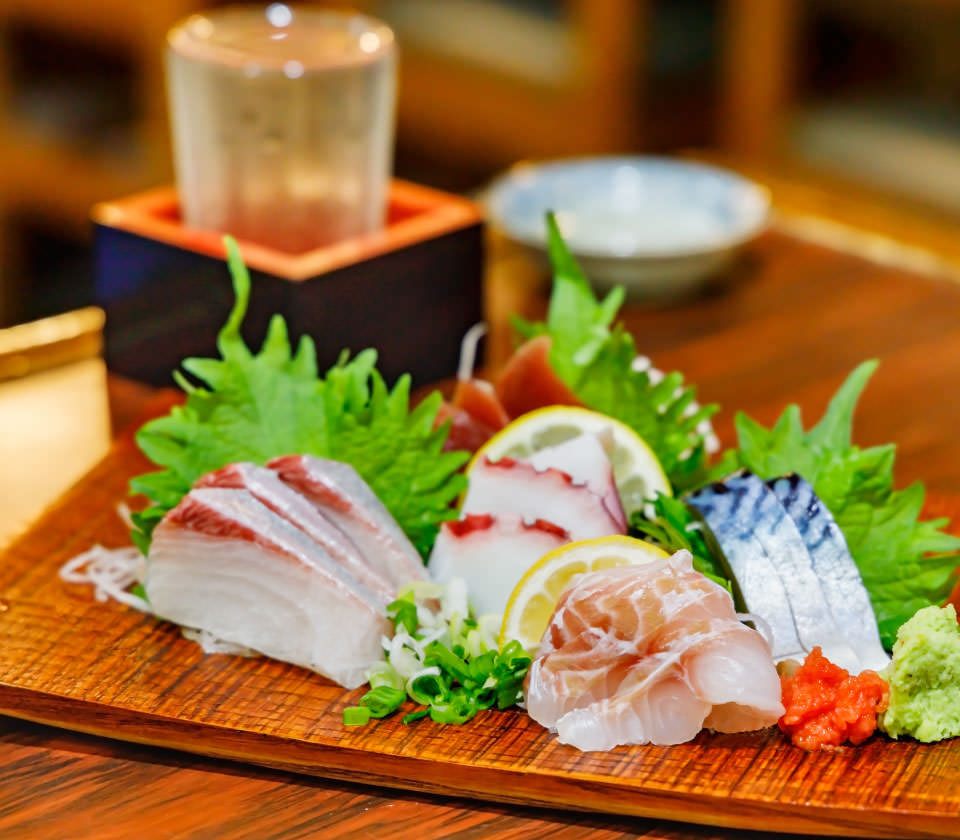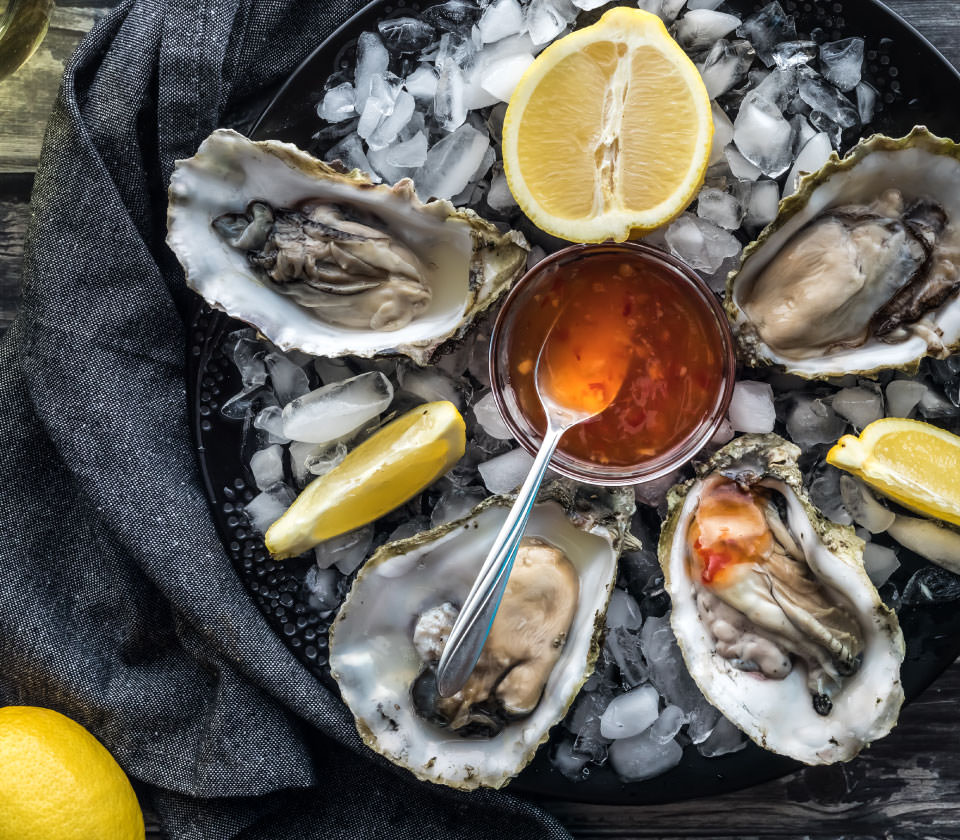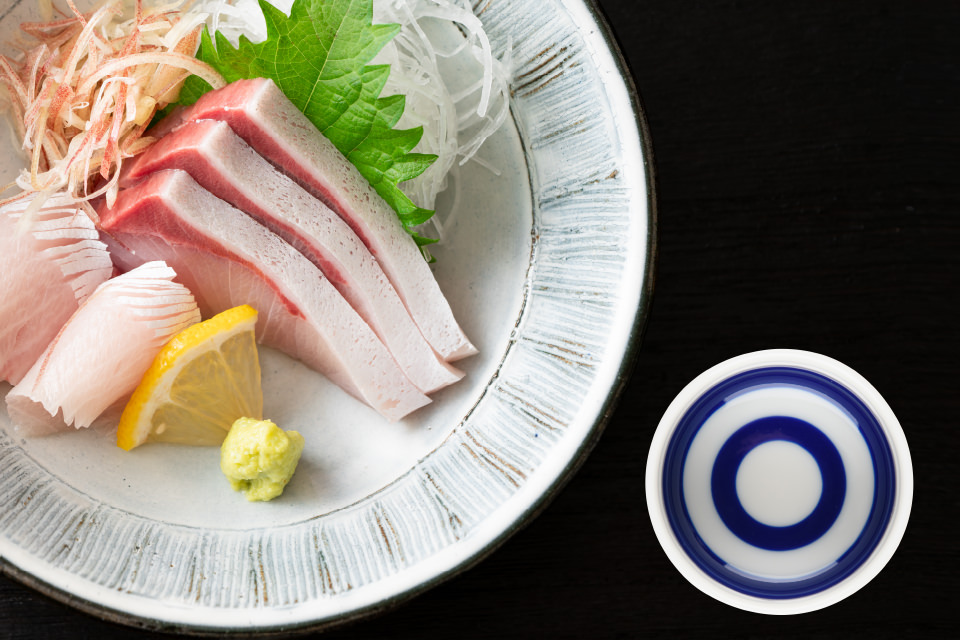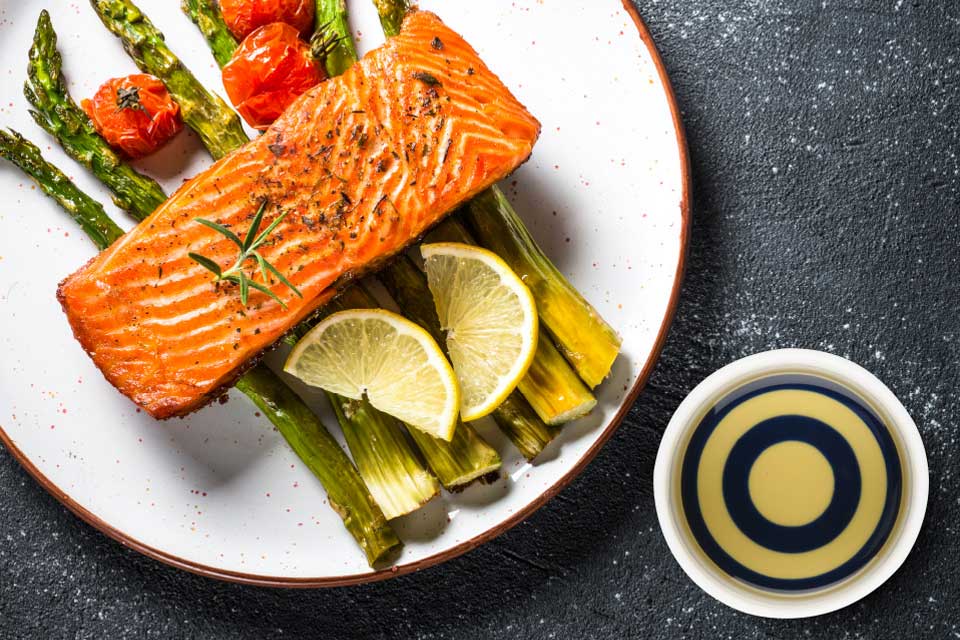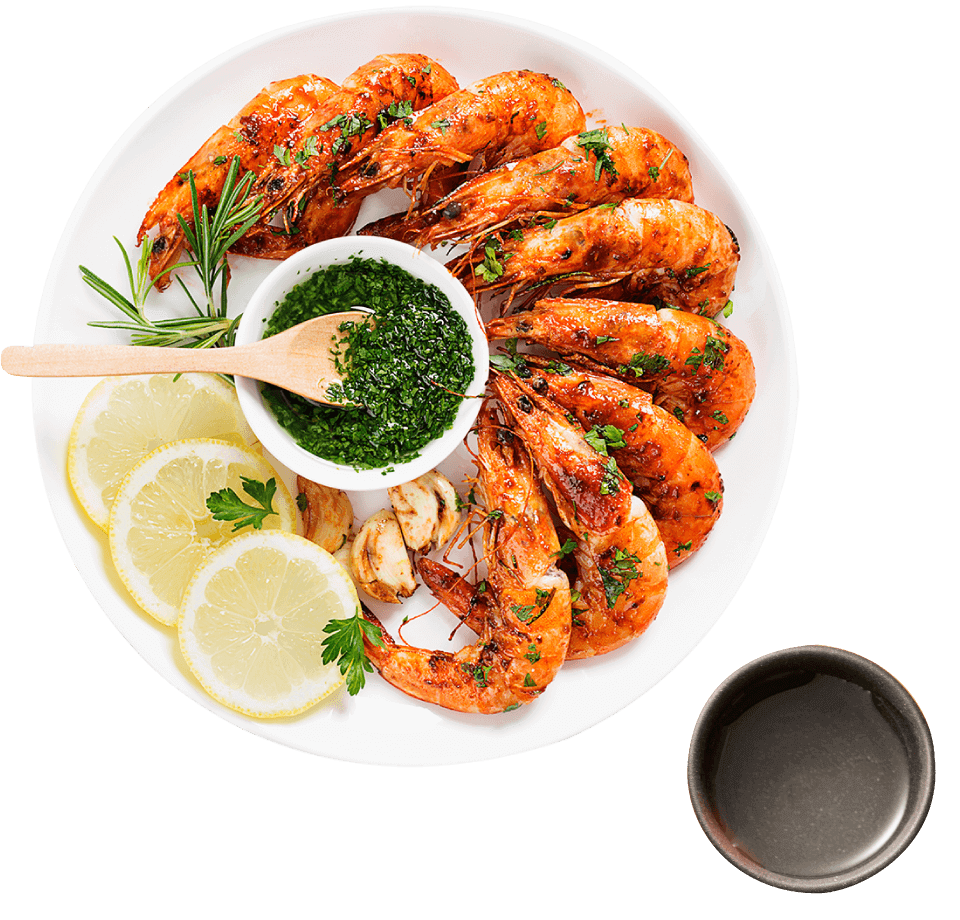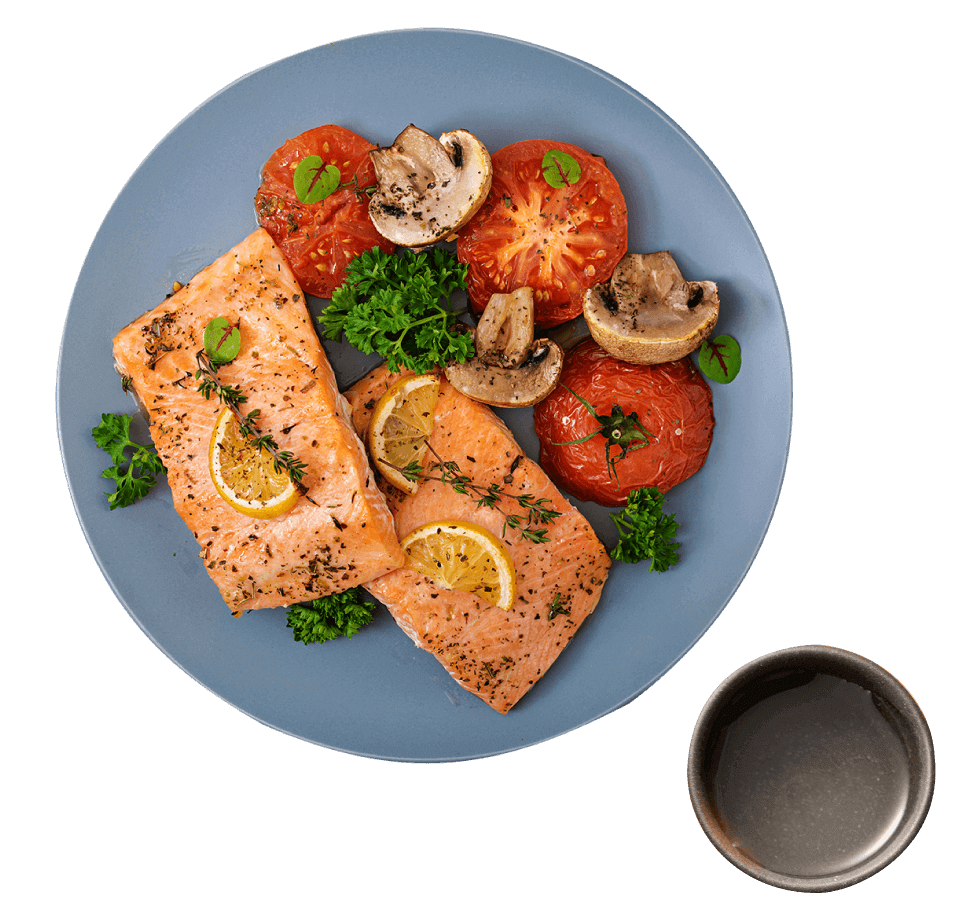Brings Out the Umami
Sake is full of amino acids and peptides from the proteins found in rice. Glutamic acid is the most common type of amino acid found in sake and is a well-known source of umami. Seafood also contains a variety of umami components, including inosinic acid. When consumed together, the amino acids in the sake and the umami components of fish combine. The resulting combination enhances umami and creates depth to the flavor.

